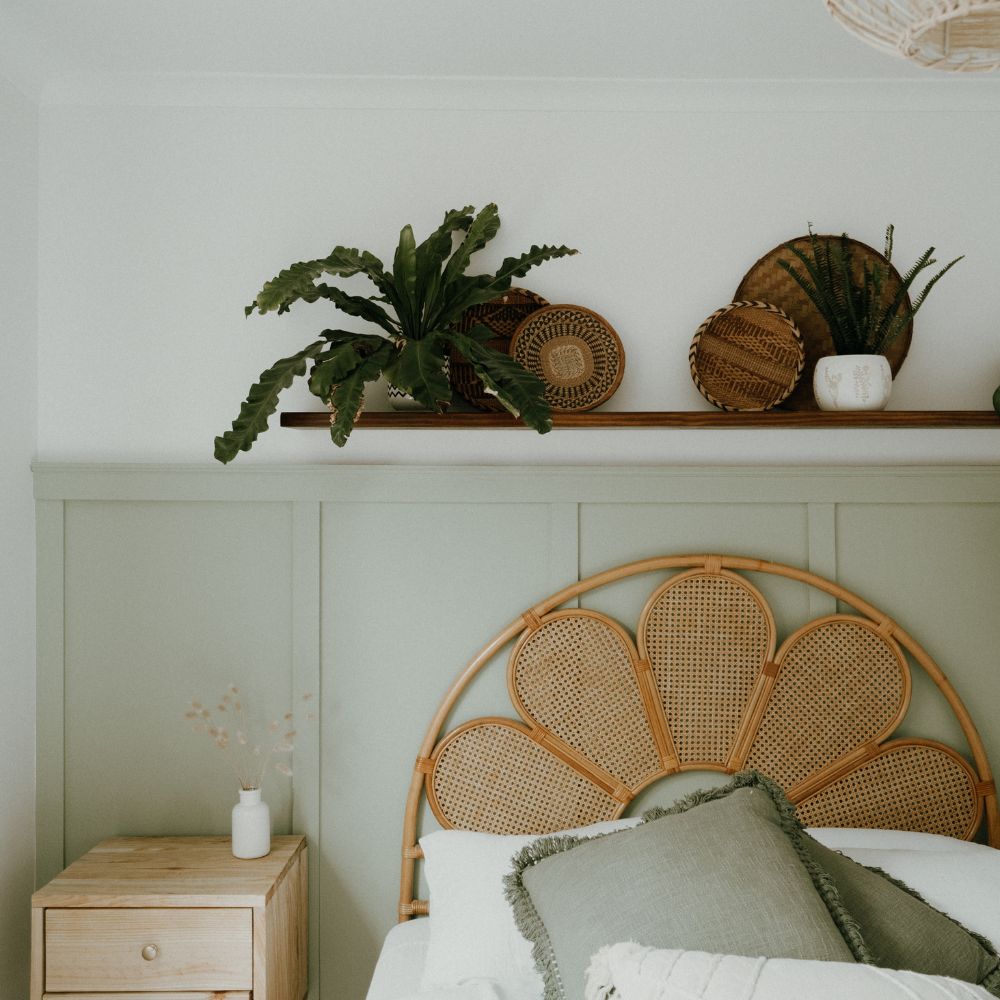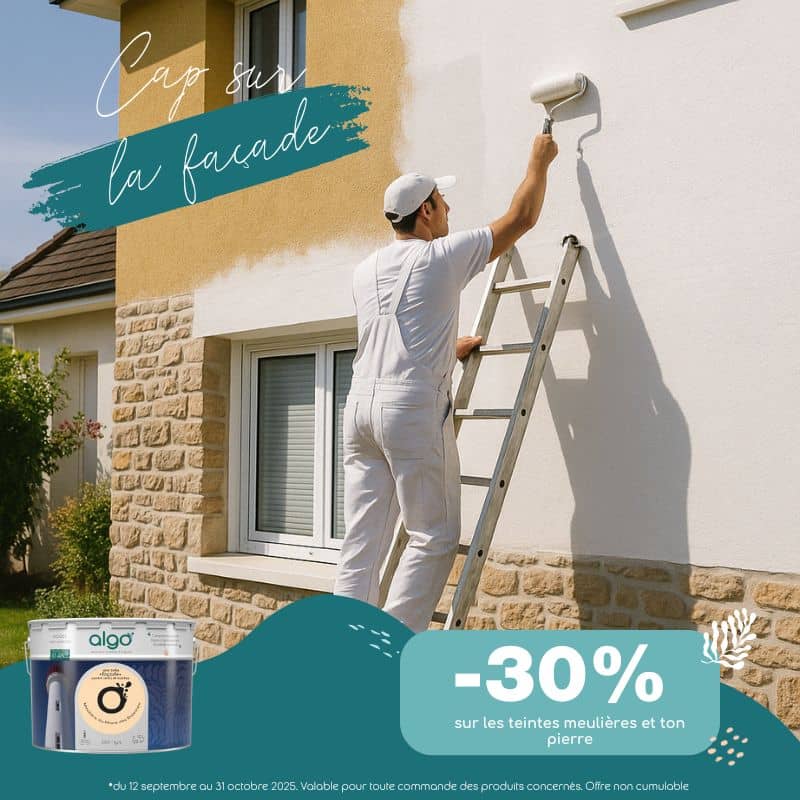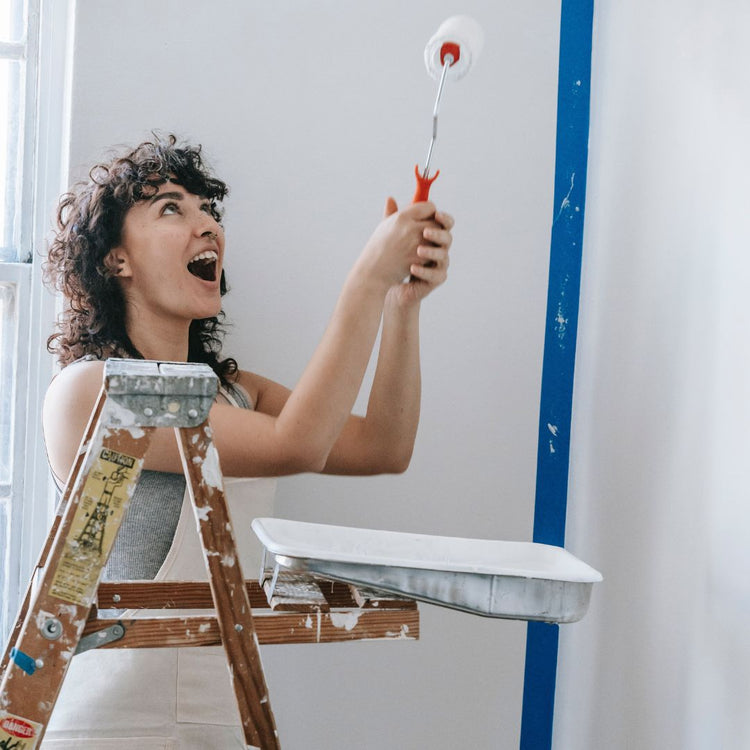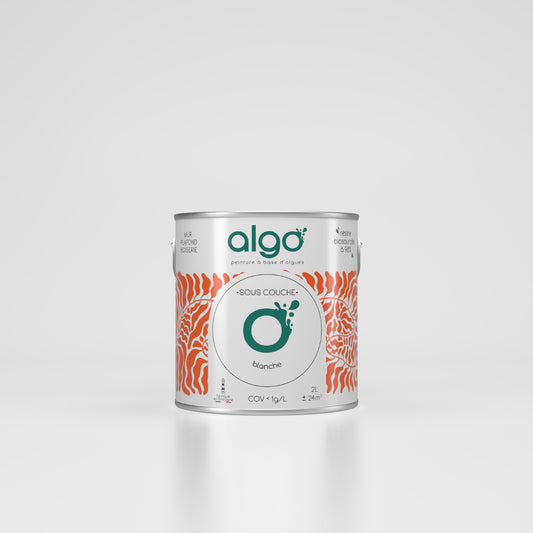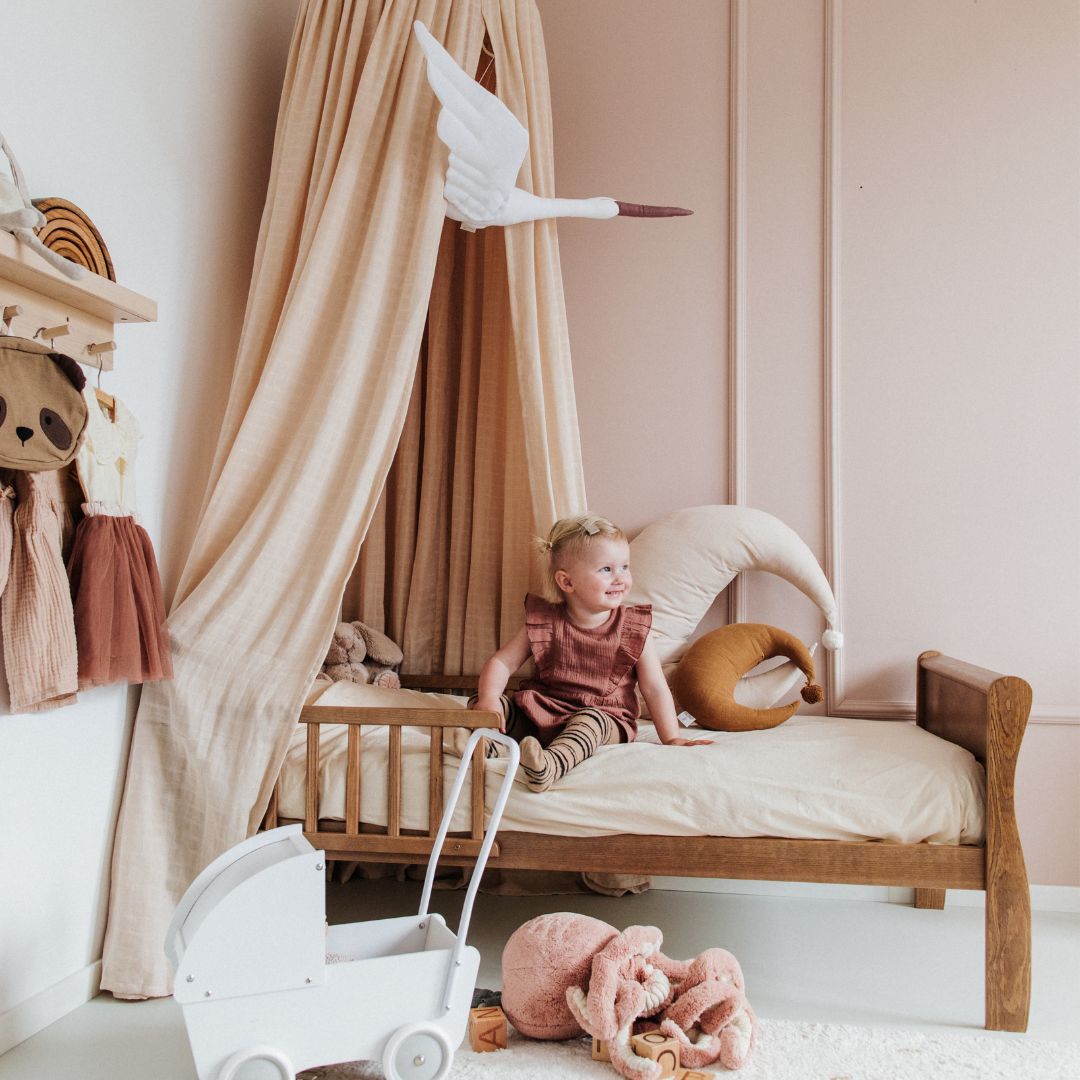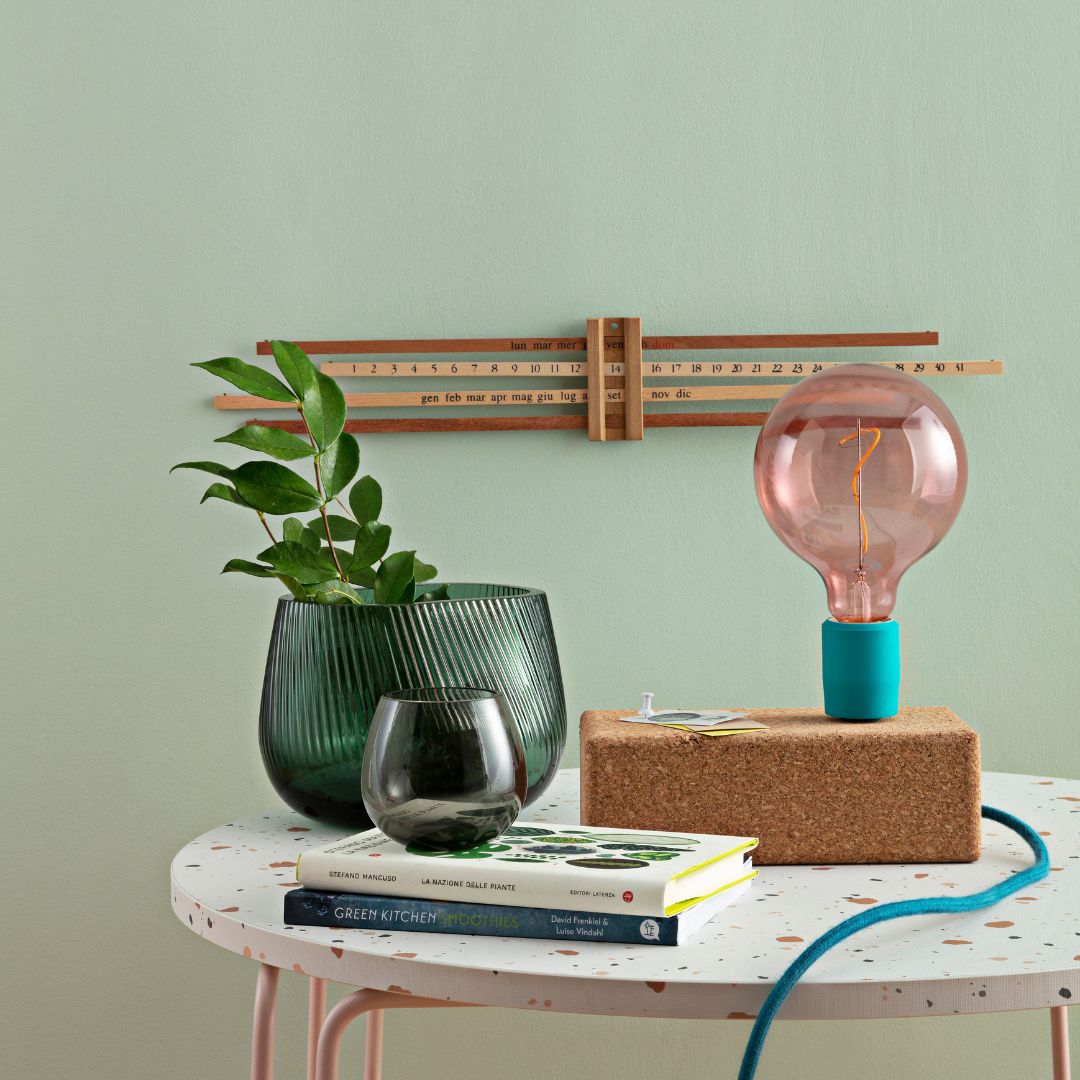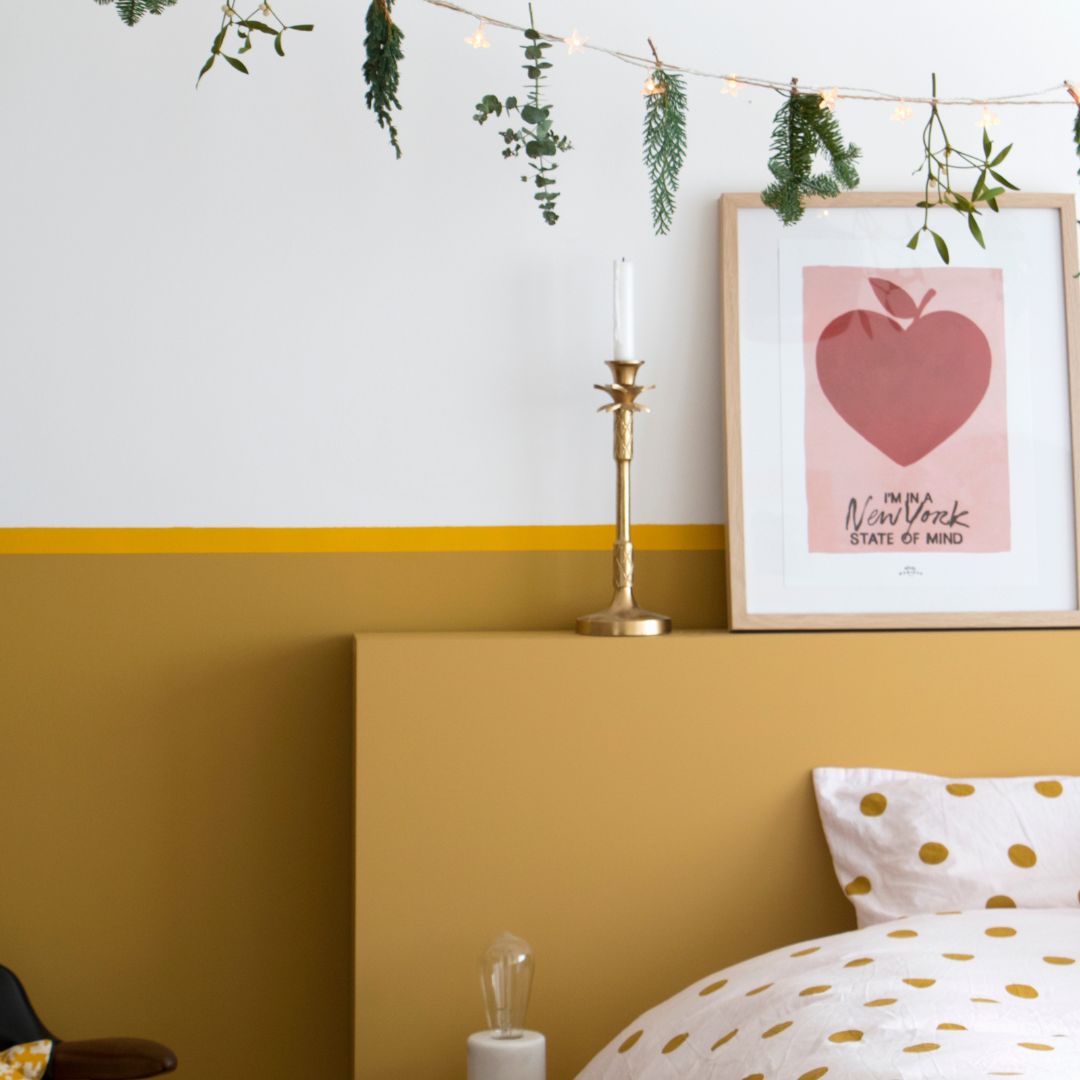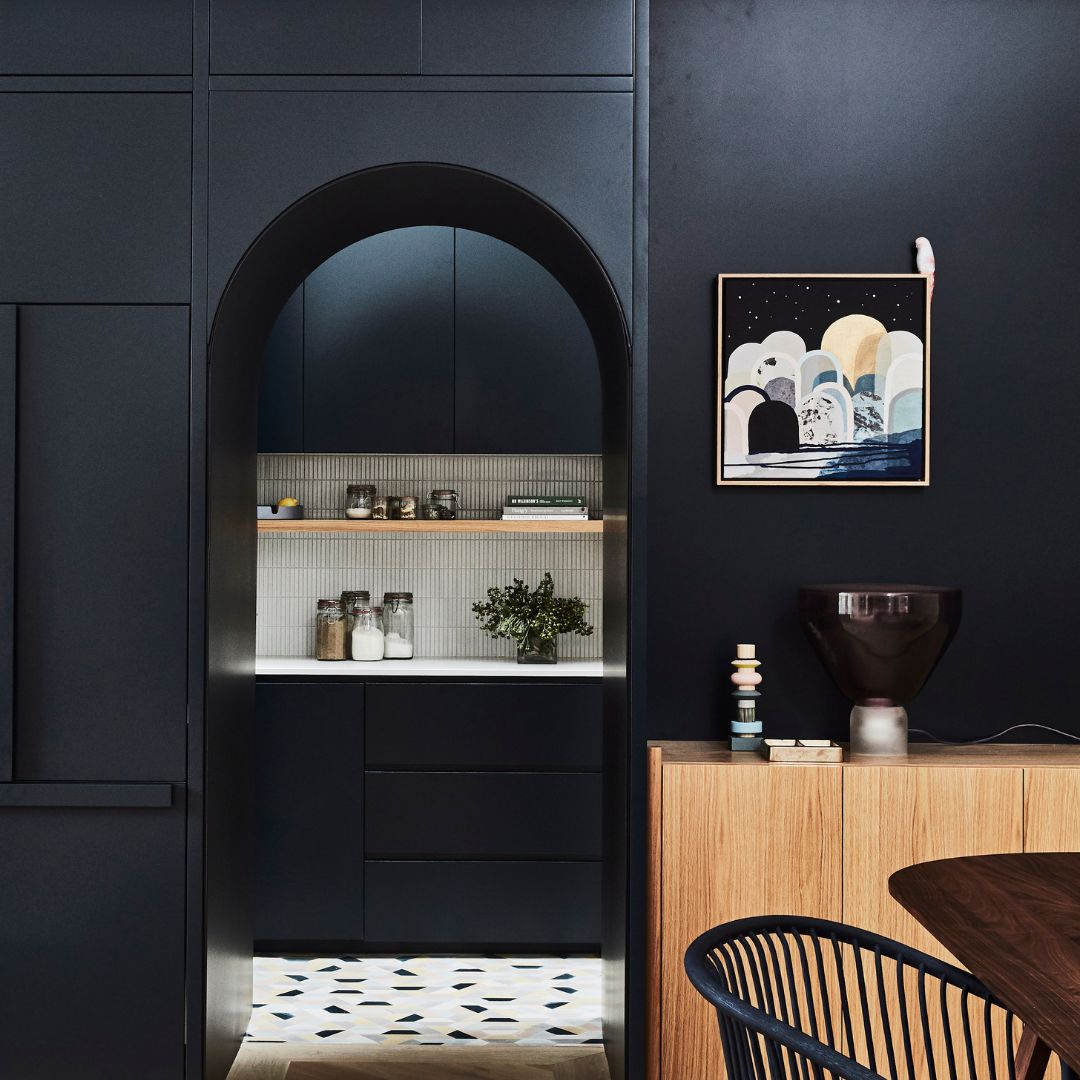-
Algo ecological underlay
Regular price from From 16,50 € ttcRegular priceUnit price 9,90 € ttc per l19,90 € ttcSale price From 16,50 € ttcSale
Choose your colors with ease
-
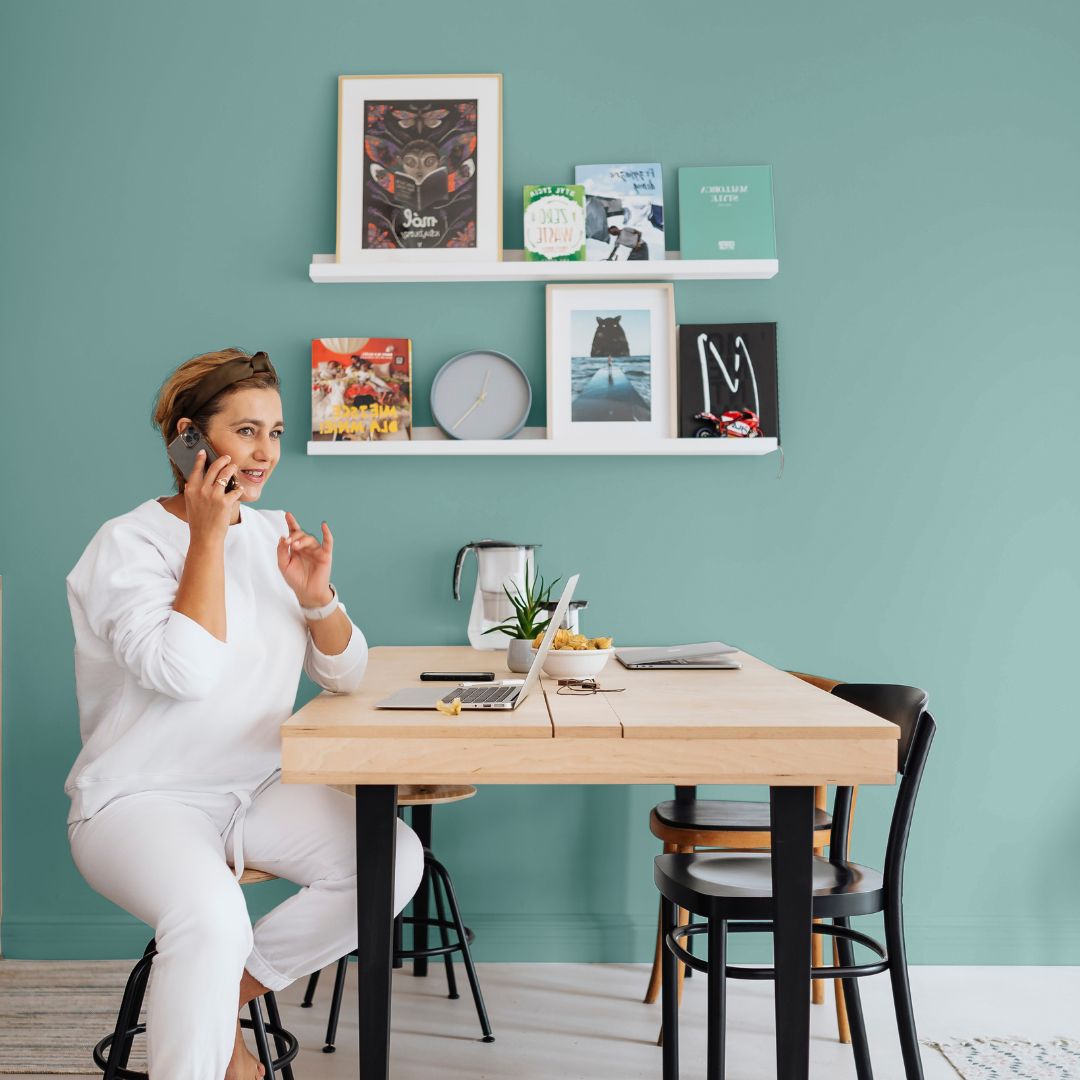
Find the perfect shades with our color consultant
Book your free coaching -

Easily choose your shades with our samples
See our 100 samples -
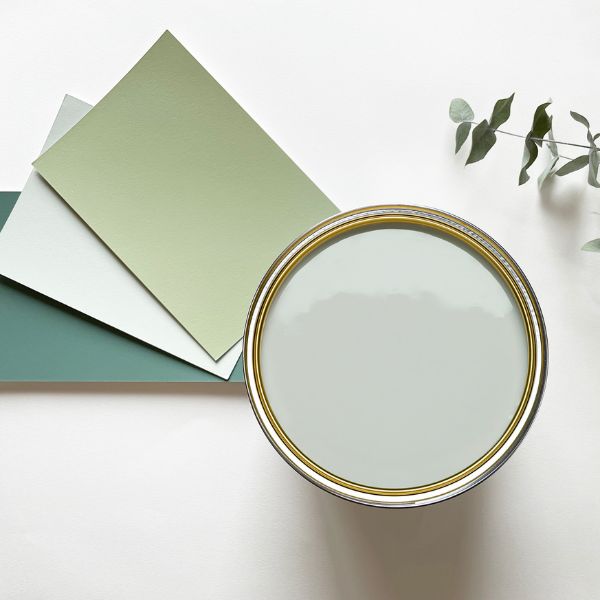
Fall for our magnificent color harmonies
See our color harmonies
-

Fast delivery
and neat -

A service
top customer! -

More than 2000
verified reviews -

Payment
secure
The importance of undercoat in painting
Undercoat paint, also called "primer" or "primer," is a step in preparing the surface to be painted that saves time (and money). It's an essential but often overlooked element when you want to carry out interior painting work: we first think about the final color of the room or the tools we're going to use, but not the primer, which is the basis of a successful painting project. By taking the time to apply it, you ensure perfect finishes, especially if your wall is porous or absorbent. The result: a resistant and durable paint over time. The undercoat allows the paint to adhere better. This way, not only do you avoid wasting paint, but your color can reveal its full intensity.
It is therefore crucial not to neglect the primer and to use it whatever the surface and its condition: DTU 59.1 (unified technical document) also recommends the use of a base coat and two top coats for optimal results.
The undercoat is primarily a tool to aid in surface preparation. Its role is very simple: to even out the surface, promote the adhesion of the finish, and above all, to guarantee the best possible result!
Failure to apply a primer coat can potentially lead to poor adhesion and reduce the final result.
It directly influences the comfort of application and ensures that the paint adheres evenly to the surface by preparing the bases.
Choose an eco-friendly paint undercoat
There are several types of primers, each with its own specific characteristics and advantages depending on the coating to which it is to be applied. The three main types are acrylic primers, glycerol primers, and eco-friendly primers.
Although the choice of primer depends on the intended use and the surface to be painted, it is always recommended to choose an undercoat that is as natural and environmentally friendly as possible.
Specific undercoats exist in particular for so-called closed supports such as metal or plastic: it is therefore very important to consider the support before choosing the undercoat.
Looking for an eco-friendly and organic alternative for your painting projects? Choose the quality of Algo Paint's eco-friendly products. Our bio-sourced primers are made from water-dispersed algae and vegetable oil. Thanks to their high coverage, they're easy to use. Our primers provide excellent adhesion and promote tension in the top coat, for an optimal finish, without compromise!
Algo's primer is considered universal and can therefore be applied to multiple surfaces such as plaster, walls, ceilings and even woodwork.
The covering power of our paints is reinforced by the use of algae, which makes our primer a product with a yield of 12m/2 per liter of undercoat applied.
When to apply the undercoat?
The application of the undercoat comes after the preparation of the surface. This means that the surface must be clean and smooth.
This preparatory work involves removing dust and impurities from the surface, washing and potentially sanding to remove paint already present on the wall.
Depending on the condition and if your wall has significant imperfections, sanding may be considered.
It is possible that the support is in poor condition and may have irregularities: in this case, it may be wise to add some coating to the roughness of the support.
On a new surface, you will have to wait until the wall is completely dry and free of moisture to ensure the adhesion and hold of the undercoat on the surface.
We often think of walls, but primer can also be applied to the ceilings of your rooms. For the same reason as for wall surfaces, this will allow you to more confidently consider applying the finishing paint.
How to apply the undercoat?
Primer is applied like traditional paint to your interior walls. The main difference between these two products is the number of coats required.
In fact, the undercoat is always applied in a single layer regardless of the support on which it is applied and the tools with which it is to be implemented.
You will be recommended to apply the paint with a spray gun or roller.
When applying with a roller, which is often the preferred option: it is recommended to use a 14 mm microfibre roller, thus guaranteeing the best possible result.
Diluting the paint up to 5% with clear water can also be considered.
Spray application is also possible, using standard 515 or 517 nozzles. Paint dilution when sprayed is higher: it is estimated that this dilution can be up to 10% for a smoother application.
Once the preparatory coat is applied, the recommended drying time before applying the finish is 12 hours. This drying time will allow you to consider painting the finish with complete peace of mind.
Is Algo underlay suitable for damp rooms?
Algo undercoat is universal and ideal for many interior surfaces. Kitchens and bathrooms are no exception, making it perfectly possible to apply a coat of primer in your kitchen or bathroom.
The undercoat will be moisture resistant and will guarantee a good finish, especially if the finish chosen is satin in this type of room.
The application methods remain completely similar whether in a damp room or in a standard room.
